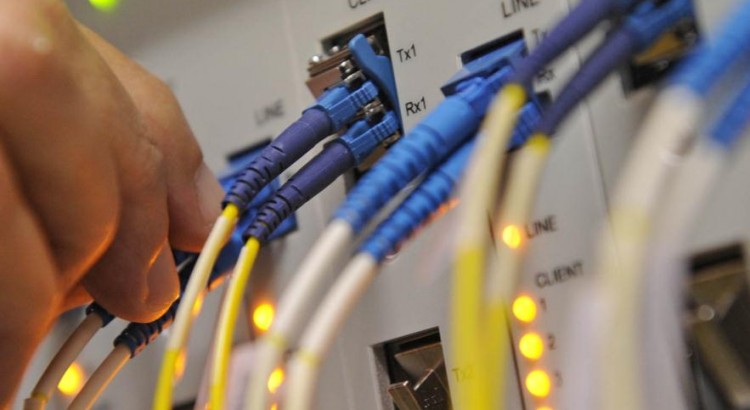The controversial Driver Qualification Test in NSW has now been scrapped, but old P2 drivers still have to sit it (or maybe not).
The NSW Driver Qualification Test (DQT) has been controversial since its introduction in 2000.
Questions from the knowledge section ranges from common sense questions like “what is a blindspot?” to questions on past statistics like “what’s the percentage of killing a pedestrian hitting them at 60km/h?”.
There’s also a hazard perception section where you watch dashcam footage and tap the screen when you spot hazards or when you think it’s safe to proceed.
Because the types of questions asked especially in the knowledge section, many people question its efficacy and see it merely as a revenue driver for RMS rather than a test that demonstrates driver safety.
Starting 20th November 2017, the test was scrapped as part of an overhauled Graduted Licensing Scheme. New P2 drivers no longer have to sit the test to move to a full license, however, drivers holding a P2 license issued prior to 20th November still have to sit the test.
Avoid doing the test
It turns out there’s a way around it. All you need to do is renew your P2 license first.
P2 licenses obtained prior to 20th November 2017 are valid for 30 months (and not the 36 months stated on the RMS website currently). You are eligible for license renewal 6 months prior to license expiry, meaning that you can renew your license once you’ve passed 24 months since you obtained your P2 license.
24 months is also the requirement for holding a P2 license before being able to move to an unrestricted full license.
The lady who served me at my local Service NSW was well aware of this quirk. I simply told her I wanted to renew my P2 and move to my unrestricted license — and she was only too happy to process that request.
This will set you back an extra $44 assuming you passed the DQT the first time — but there’s a non-zero chance you’ll fail the first time.
Note: This does not apply for a replacement license. You must renew your license in order to be moved to the new Graduated Licensing Scheme.
Why not just sit the test?
- It costs $45 each time you sit the test. As per above, since there is a non-zero chance that you may fail the test, you may prefer to pay an $89 renewal fee rather than risk at least $90 if you fail the first time. It’s up to you.
- Your time could be better spent than studying arguably pointless and outdated statistics about crashes, fatalities and injuries.
Knowing that there’s a 70% chance (and not 80% chance) of killing a pedestrian when hitting them at 60km/h is probably not going to make you a better driver. That’s not to say all the knowledge questions asked are pointless — the Driver Qualification Handbook is still a good resource to read through.
- Rather than spending time practicing and doing another hazard perception test, you could spend your time watch some dashcam footage of actual accidents on YouTube. Consider what you’ll do if you were in the driver’s position. You’re probably more likely to be more cautious if you watch an actual accident occur rather than simulated scenarios.
- Your time could be better spent researching loopholes to avoid a now-defunct driver qualification test, as I have clearly done.
